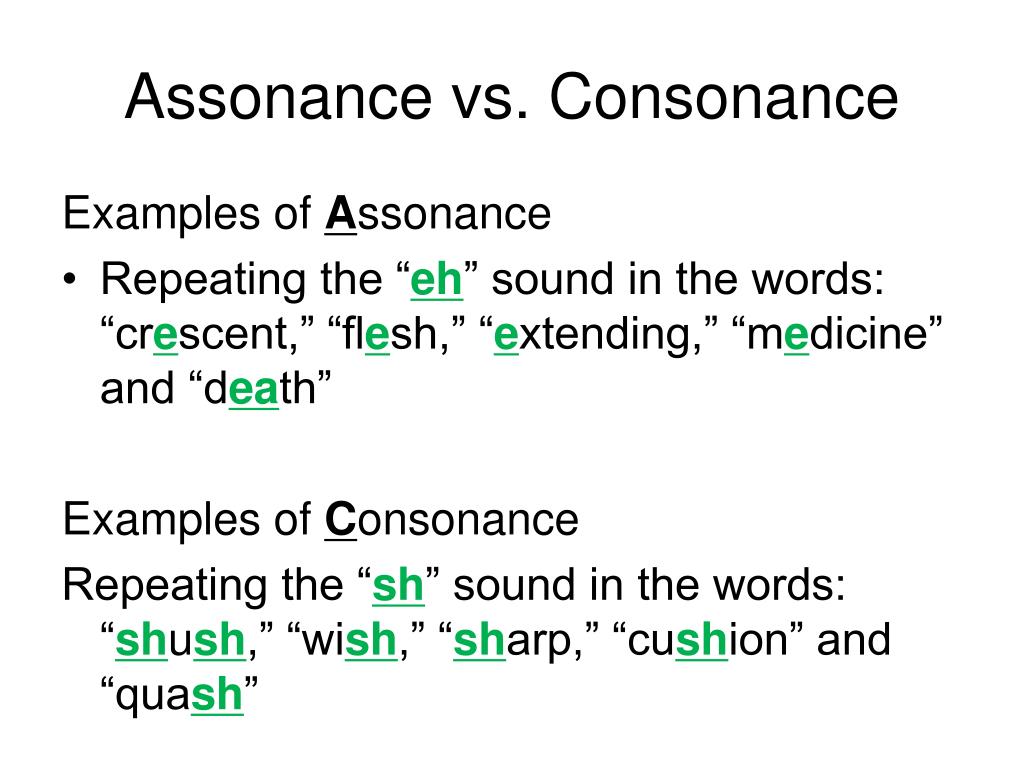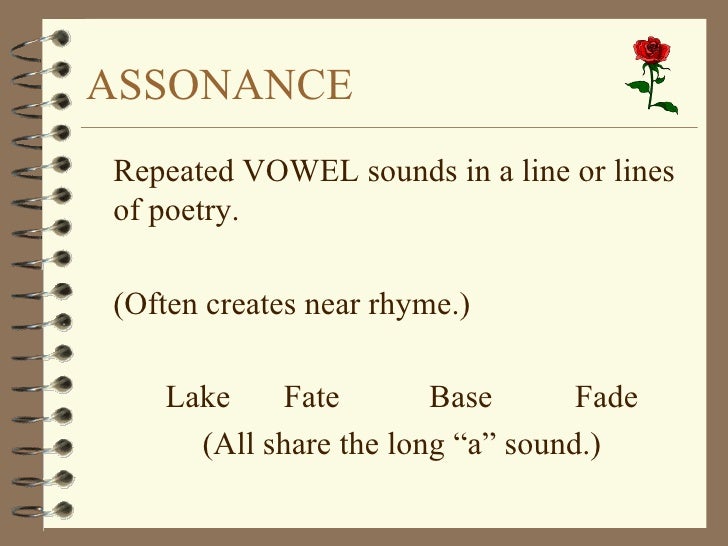

Chocolate: the vowel sounds are created by “o”, “o”, and “a.” The “e” at the end is silent.Unit: the vowel sounds are created by “u” and “i”.Notice how they’re different from the vowel letters themselves. Here are some examples of vowel sounds in English words. Sometimes we combine two vowels together to make a specific sound, such as “ai” and “au.” Other times, we combine a vowel with a consonant, such as “ah” and “an.” For example, the letter “a” can be pronounced like the “a” in “rate” or like the “a” in “rat.”įurthermore, we can represent vowels by combining the five vowel letters in different ways. Rainy: the vowel letters are “a,” “i,” and “y”Įven though we only have five vowel letters in English (A, E, I, O, U, and sometimes Y), we actually have a lot more than five vowel sounds.Įach vowel letter can be used to express more than one sound.Chocolate: the vowel letters are “o,” “o,” “a,” and “e”.Unit: the vowel letters are “u” and “i”.

Here are some examples of vowel letters in common English words: It’s a consonant when it involves blocking the airflow out of your mouth, and it’s a vowel when it doesn’t. The letter Y is only sometimes a vowel because it can be pronounced as a consonant (such as in the words “yellow,” “yam,” and “kayak”) and sometimes as a vowel (such as in the words “sky,” “thyme,” and “lovely”). The English language includes six vowel letters: A, E, I, O, U, and sometimes Y. For example, if you bring your lips together you create a consonant such as “ b” or “ p.” If you touch your tongue to the top of your mouth, you create a consonant such as “ k” or “ g.” If you put your tongue between your teeth, you make a sound like “ th.”īlocking the airflow is the difference between a vowel and a consonant. Congratulations-you’re making different vowels!Īs soon as you restrict or close your airflow, you start making a consonant. When you change the position of your tongue, those sounds change as well. If you round your lips, you make more of an “o” sound. If you stretch your mouth wider into a spread shape, you make more of an “e” sound. One way to help understand this concept is by opening your mouth and saying “ahh.” Now try changing the shape of your mouth without blocking the flow of air. You can also change the shape of your lips (rounded, neutral, or spread).

You can create unique sounds by placing your tongue in various different positions (front, central, or back) and at various heights (high, mid, or low).


 0 kommentar(er)
0 kommentar(er)
